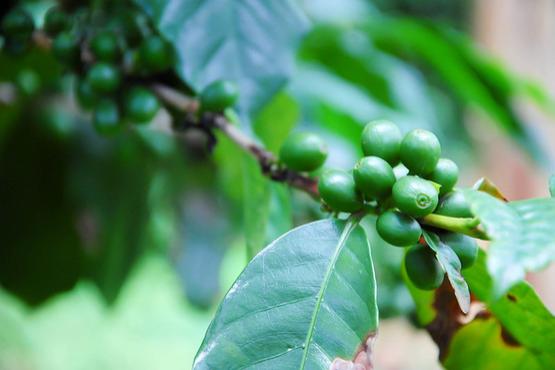Project Overview
The major environmental challenge facing Uganda is meeting the growing demand for agricultural products while also addressing food security and conserving ecosystems. Uganda’s natural forests and wetlands are located within highly populated agricultural landscapes that have been further constrained by refugees who have increased demand for food, water and other natural resources. The country has experienced massive reductions in forest cover averaging nearly 122,000 hectares a year due to expansion of agricultural production and lack of sustainable land use planning. The government of Uganda has prioritized access to productive land, sustainable natural resources, and integrated landscape planning and management through the National Development Plan, Vision 2040, its U.N. Sustainable Development Goals, and its commitment to restore deforested and degraded land through The Bonn Challenge. The government has also committed through its National Environment Management Policy, aimed at social and economic development that maintains environmental quality and resource productivity over the long-term; its Strategic Plan for Biodiversity 2011 – 2020, emphasizing biodiversity conservation and sustainable use; the National Programme on Sustainable Consumption and Production, aimed at expanding organic farming; and the National Agricultural Policy, aimed at increasing bargaining power of and service delivery for farmers, in addition to establishing and enforcing standards and quality assurance for agricultural products that promote competition.
Commodity:
Coffee
Area Covered:
565,000 hectares
Executing Partner:
National Environment Management Authority
GEF Implementing Agency:
United Nations Environment Programme

Project features
The private sector will be brought together in collaboration with actors across other sectors for knowledge sharing and learning on sustainable land management practices, and the project will also strengthen and create partnerships with private sector organizations to pursue integrated landscape management strategies, responsible value chains and stronger institutional frameworks focused on agricultural productivity and ecological diversity in the landscape.
The project’s strategy for public sector engagement focuses on a variety of scales — including national, regional, district, sub-county and village levels — and on stakeholders, including central government ministries, and departments and agencies at each level. Specifically, it aims to use a variety of tools including gender mapping, landscape analysis, timeline and trends analysis, livelihood analysis, and problem and solution matrices to employ engagement processes that are consultative, interactive, and participatory in nature.
It will also be integrated into similar government programs to foster knowledge sharing and learning around a variety of sustainable land use themes.

Coffee in Uganda. By Lauren Parnell Marino. Used under Creative Commons license.







